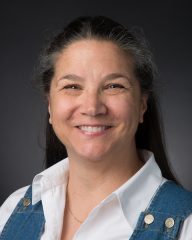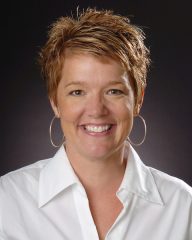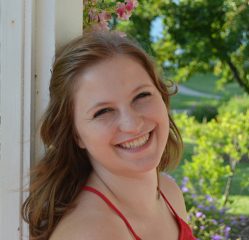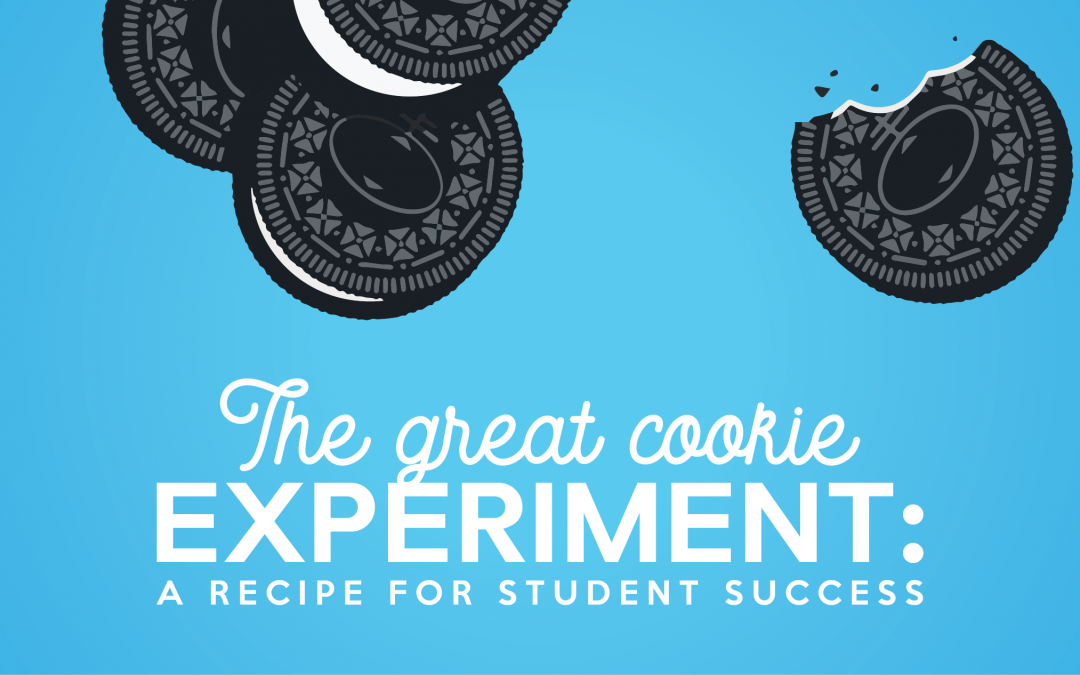
Catherine Schmitt
Undergraduate nursing students at the University of Wisconsin Oshkosh have their sights set on one common goal: to become highly skilled and competent nurses who positively impact the lives of patients and their families. With this goal at the forefront of their academic careers, students can lose site of the value research lends to clinical practice and instead focus their energies on technical skills, patient care and clinical aspects of nursing education.
Studies show undergraduate students shy away from the idea of scholarly research, finding the practice intimidating, complex or irrelevant. In response, nurse educators are getting creative in their efforts to cultivate interest among students to gain a deeper understanding of the research process and convey clinical research as the cornerstone of evidence-based practices nurses know and trust.

R. Shelly Lancaster
UWO’s Catherine Schmitt, assistant professor of nursing, and R. Shelly Lancaster, assistant dean and Pre-Licensure Program director, knew proactive measures had to be taken to make research more palatable for undergraduate students and to uphold the College of Nursing (CON) as a leading producer of baccalaureate- prepared nurses in Wisconsin.
CON faculty are dedicated to student learning and continuously improving quality of instruction, Lancaster said. As she and Schmitt sought out an innovative way to increase interest in and appreciation for research, they stumbled upon a classroom exercise called the Great Cookie Experiment (GCE).
The GCE was developed to give undergraduate nursing students a taste of basic research practices and concepts. The original exercise, published in a 1987 issue of Nurse Educator, involved students sampling and comparing cookies, completing a survey, and analyzing and discussing results as a group. This experiment proved to be an effective exercise for students to better comprehend research practices and relate concepts to other aspects of their nursing education.
The GCE has undergone countless adaptations over the years as nurse educators modify the methods to best engage their students and tie into the overall curriculum. Schmitt and Lancaster designed their GCE as a simulation-based exercise, first implemented in fall 2017 with juniors studying evidence-based practice. Faculty using such experiential learning techniques can improve the knowledge and attitudes of students and increase engagement in linking science to practice.
The retooled GCE comprised two class sessions. During the first session, students assumed the role of participants to simulate the experience of true research subjects. To make the simulation both immersive and authentic, students were presented with participant consent forms and created unique identifiers to ensure anonymity and confidentiality in the results.
Students were divided into experimental and control groups using a random numbers table. The participants completed a demographic questionnaire, sampled cookies and proceeded to fill out quantitative and qualitative surveys about the samples.
The results of these surveys were tabulated by graduate students in the Center for Nursing Research and further analyzed by Schmitt and Lancaster. In the following class session, Schmitt, who facilitates the evidence-based practice course each semester, walked her students through the background, methods, results and discussion framework of the study.
Schmitt said all the experiment components related to topics covered in class throughout the semester and demonstrated concepts outlined in the course textbook. This exercise served as a culminating experience for students to make the connections linking science to practice.

Melissa Magdanz
Malissa Magdanz, a senior nursing student from Mount Calvary, said Schmitt’s course was one of her favorite classes during her junior year. The Great Cookie Experiment opened her eyes to a whole new side of nursing.
“The exercise allowed me to witness and experience the research process firsthand,” Magdanz said. “As a student who aspires to continue on to graduate school, it was a great opportunity to see what lies ahead.”
More than 200 UW Oshkosh students have benefited from this unique learning experience since the inaugural trial in 2017. Data compiled from student opinion surveys indicate a significant increase in course satisfaction and a slight increase in grades for the evidence- based practice course. Overall, students enjoyed the perk of eating cookies for credit. The UWO researchers will present their findings at the National League for Nursing Education Summit Sept. 26-28
in Washington, D.C.
With measurable success in the traditional BSN curriculum, attention has shifted to the online undergraduate nursing options CON offers. Schmitt and Lancaster discovered in their preliminary research a GCE specifically modified for online distance learners, which has potential to reach students in the Accel, BSN@Home and Soar Ahead programs.
“Our graduates must be prepared to implement evidence-based practices when coordinating and delivering care,” Lancaster said. “In order to understand the quality of evidence available, including how evidence is generated, interpreted and applied, our graduates need a strong foundation in research concepts.”

